Navigating IT Staffing: Insights into Types, Costs, and Industry Stats

Skilled personnel remain the cornerstone for success in modern technology’s dynamic era. IT staffing – a strategic approach on getting the right talents at the proper positions. It is more than just filling positions since we are talking about creating high performing teams.
In today’s environment where firms rely heavily on technology, a competent pool of IT personnel is just as crucial. IT staffing is crucial for any organization if it is going to succeed in this environment. However, it entails more than just hiring qualified personnel; it is about constituting groups oriented towards untraditional needs and objectives of an organization.
Quick Preview: What's Inside
- What is Staffing?: An examination of the essence of staffing and wider implications.
- Examples of Staffing: Showcases real world cases demonstrating the impact of effective staffing.
- Types of Staffing: Taking a dive into the different types of staffing models including temporary and projects-based.
- Significance of IT Staffing: The essence of understanding why IT staffing constitutes a game changer of business operations.
- Technology Used in Staffing: Uncovering the tools & platforms driving new staffing approaches in the 21st century.
Join us on a mission of discovery as we uncover the complexity of IT staffing, analyze practical scenarios, and bring forth the innovations that revolutionize the world of technology in business today. C Gear up for understanding global figures related to IT staffing, as well as cost related aspects, challenges, and future trends that would define the globe.
What is Staffing?
Okay, what is staffing? It’s more than just a word in the business world - it’s a pillar for any organization’s performance.
Essentially, hiring involves more elements than having employees for the sake of it. Identification, acquisition, and retention of appropriate talent is an elaborate process. Consider it as the auditioning for the top-rated movie with every part having its vital significance in making the project a huge success.
Importance of Staffing in Organizational Success
So, what is so important about staffing? Imagine a finely tuned orchestra. The symphony is a result of each individual played by a skilled musician. This also rings true in the context of businesses where staffing is about bringing together the right skills and people for a cohesive, productive team.
Staffing is the key that opens the door for organizational success. This makes sure that the right persons occupy the right positions and do their jobs without stumbling. Each staff has been an important sounding on the score of success, starting from the entry level up to top executives.
Examples of Staffing
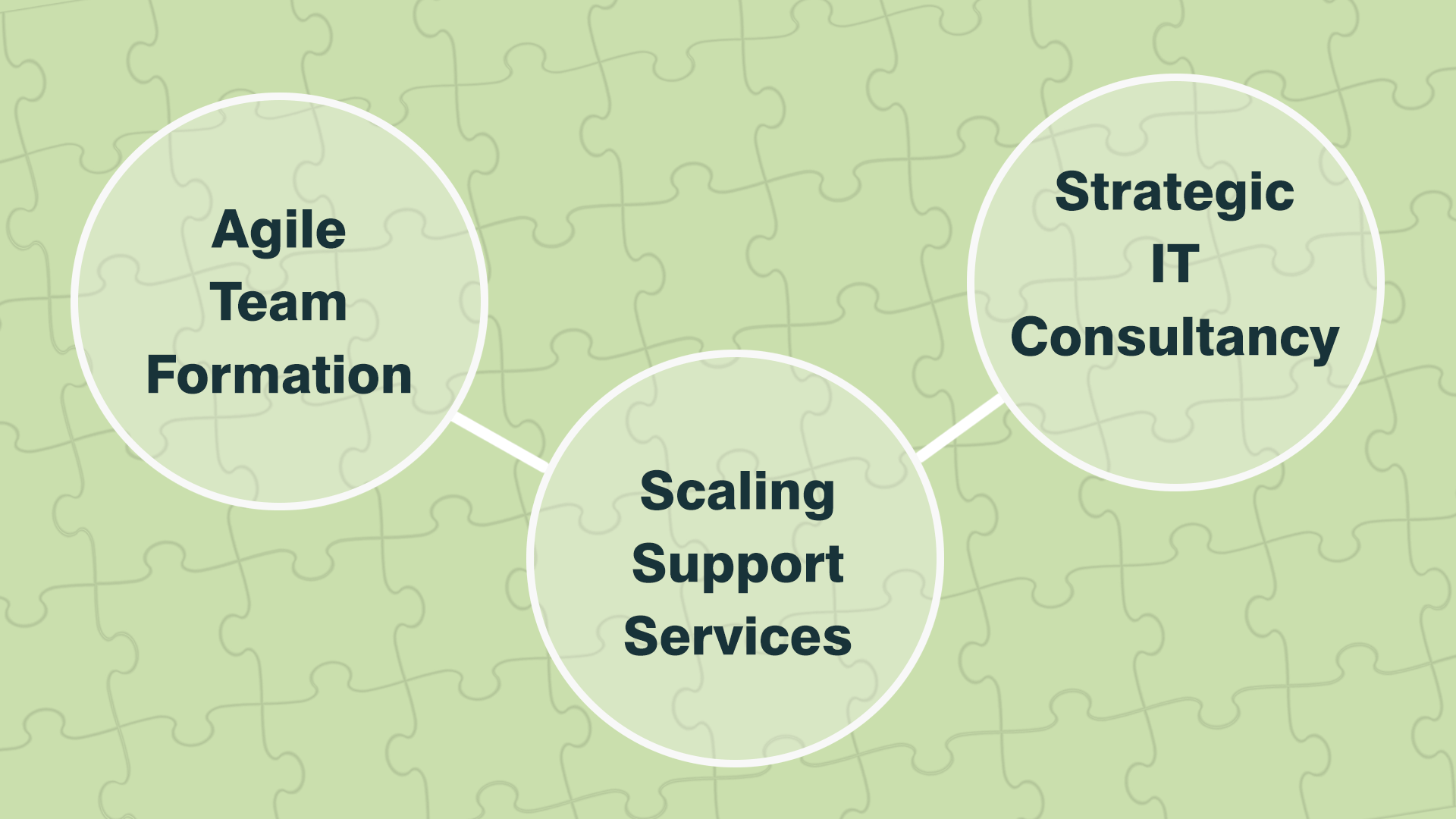
Okay, now we can move onto the practical scenarios in which staffing becomes a major issue. On paper it is only talk but seeing it puts into perspective its effect on people.
1. Agile Team Formation
Consider an ambitious software development house about to release an innovative app into the marketplace.. Staffing is not merely assembling developers here but instead creates a team of an agile nature. They form a team; usually a group of coders, UI/UX designers and project managers. They are well coordinated with each other such that their collaboration yields a timely, perfect app launch process.
2. Scaling Support Services
Let us consider an example of a fast growing online retailer. Customer support becomes even more crucial as the customer base expands. They quickly hire and train a diverse support staff that helps them with this work. They assign strategic roles by considering expertise, language abilities, and problem-solving traits to provide timely assurances for customers’ satisfaction.
3. Strategic IT Consultancy
Staffing is not strictly about finding extra chairs for clients in an IT consultancy. The term simply refers to coming together to form a super team for solving customers’ unique problems. Think of how an organization hires top specialists in cybersecurity, cloud and analytic products. The approach guarantees that customers get tailor-made top-notch advice and solutions for individual cases.
These are just a few examples on why staffing is not only hiring but rather assembling teams towards particular objectives, roles, and challenges. The art of putting the right people in the right place for excellence. Join us as we explore deeper into the various types of staffing models and how they contribute to organizational success.
Types of Staffing
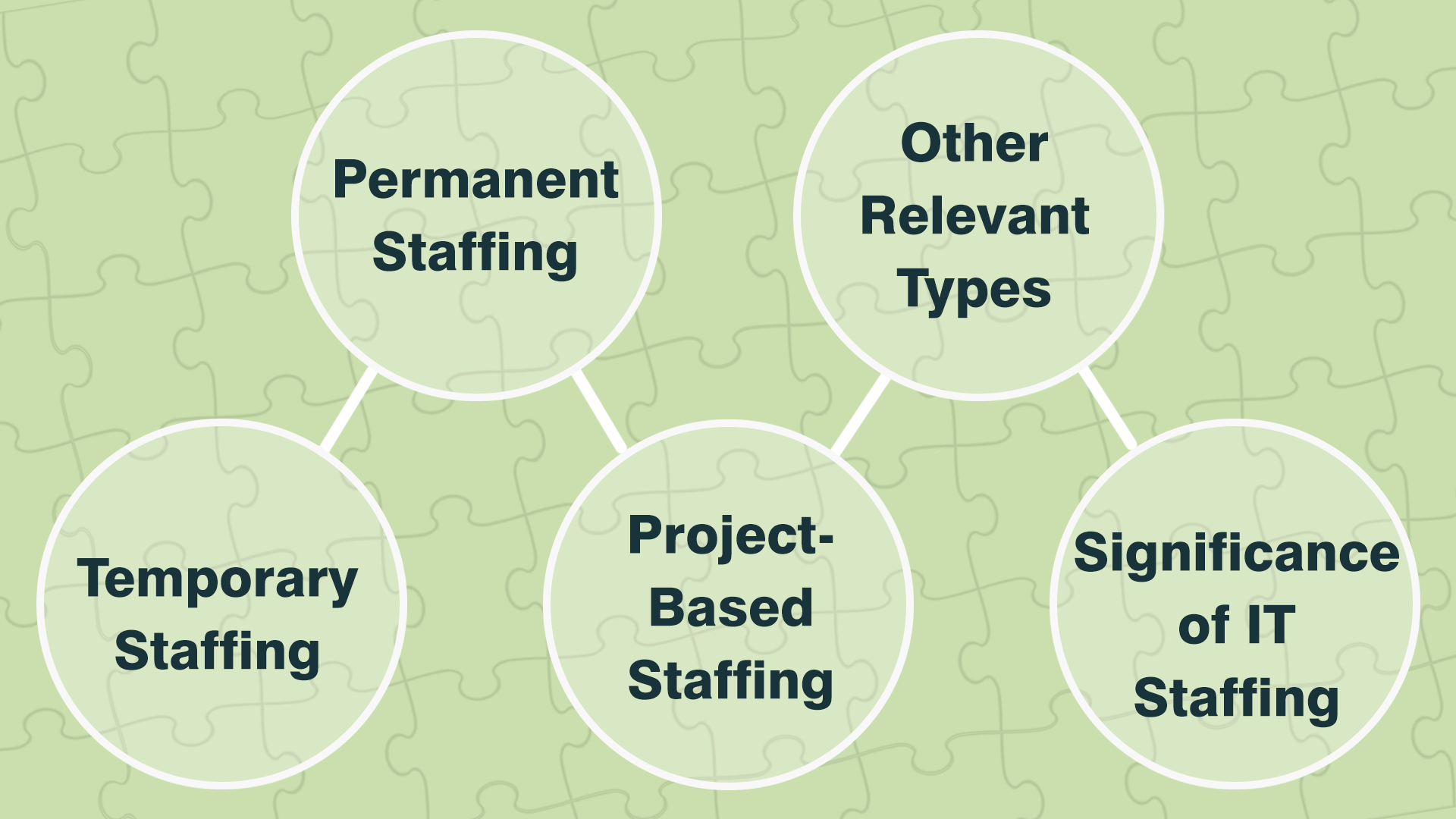
Having set the stage, it is now a good time to consider various staffing options-each distinct with its own taste and tactical advantages.
Temporary Staffing
Picture this: the need for more manpower like an increase in project demands, specialized skills required that may be needed for a while. That's where temporary staffing shines. This is just like getting extra skilled people who are freelancers or contractors into your team doing a certain work or task. The beauty? Flexibility. It allows businesses to adjust for varying work demands, without requiring long term contracts. It’s a classic case of win/win with a rich experience for professionals and companies’ on demand knowledge.
Permanent Staffing
However, this is contrasted by the traditional permanent staffing . By Comparator this refers to the usual full-time work structure. It is the pillar for faithful and stable force. The permanent staff turns out to play a central role in building for themselves and the firm a solid corporate culture able to ensure company development in the long run. It may not be as flexible as temp staffing, but it provides continuity and generates genuine dedication among employees with an unparalleled emotional attachment.
Project-Based Staffing
Consider that you have a project in your company for which there is an assigned completion period and beginning period. They use project-based staffing as their main approach here. It is about bringing together a group whose competencies align with the success of the project. It’s as if constructing a special force—concentrated at the goal, effective and scattered after completing its assignment. The model provides efficient use of resources and aligns them with the targeted milestone by various experts involved in projects.
Other Relevant Types
However, staffing beyond the classics requires more subtlety. Consider contract-to-hire arrangements and how good performers in such temporary positions may be absorbed as full-time employees. Maybe you are checking out the gig economy or hiring specialized consultants, freelancers. It is a matter of flexibility and adjusting personnel strategy in accordance with each particular business.
Significance of IT Staffing
Staffing in today’s fast paced Information Technology environment is more than just filling desks; it involves putting people with appropriate talents in suitable positions at a particular time. The importance of IT staffing is found in its capacity to harmonize workforce strategies with dynamic tech demands such as adaptability to project dynamics, long-term talent security, and team formation focused on specific tasks.
We will explore how technology is changing the way businesses engage employees in the tech industry.
The Role of IT Staffing in the Tech Industry
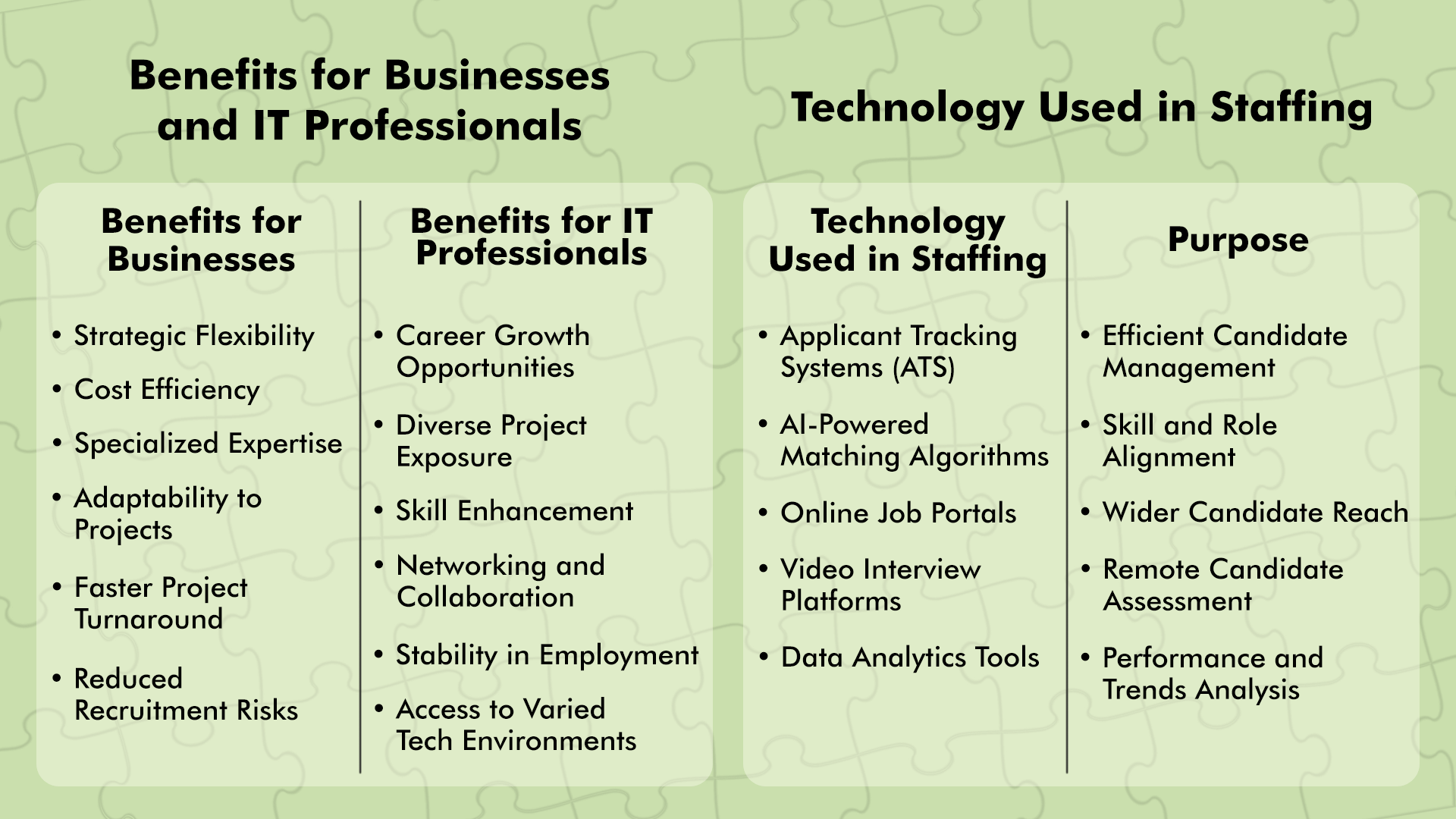
Well now let’s get down to business about the inevitable role of IT staffing in a world where technology is forever shifting. This is more than desking filling, it’s fueling innovation, creating growth and being digitally driven.
This would mean that in an extremely technologically evolved world, having the best IT personnel is a huge bonus. Proper staffing in IT will help businesses tap into new technological opportunities, keep abreast with changing market dynamics, and overcome formidable obstacles with innovative solutions. The driving force for any tech business is its strategy engine.
Benefits for Businesses and IT Professionals
Let's break it down. For a business organization it is not just a case of filling desks with warm bodies for IT staffing. It’s an investment that is strategic in nature and bears substantial returns.
| Benefits for Businesses | Benefits for IT Professionals |
|---|---|
| Strategic Flexibility | Career Growth Opportunities |
| Cost Efficiency | Diverse Project Exposure |
| Specialized Expertise | Skill Enhancement |
| Adaptability to Projects | Networking and Collaboration |
| Faster Project Turnaround | Stability in Employment |
| Reduced Recruitment Risks | Access to Varied Tech Environments |
Simply put, when businesses adapt their workforce to suit projects they lower costs while increasing specially trained expertise. However, IT professionals have fast tracks of careers with different project exposure that they face the opportunity of learning more on numerous technological settings.
Technology Used in Staffing
So now, let's take a look behind the scenes and unveil the tech. Leveraging technologies, IT staffing provides automated hiring solutions which include a set of tools and platforms aimed at providing a perfect fit among the skills required and positions available in an organization.
| Technology Used in Staffing | Purpose |
|---|---|
| Applicant Tracking Systems (ATS) | Efficient Candidate Management |
| AI-Powered Matching Algorithms | Skill and Role Alignment |
| Online Job Portals | Wider Candidate Reach |
| Video Interview Platforms | Remote Candidate Assessment |
| Data Analytics Tools | Performance and Trends Analysis |
The above mentioned technologies are not mere add ons; rather they represent the gears of an efficient and effective hiring process.
However, when traveling further into global costs, statistics, and problems regarding IT staffing, be reminded that appropriate staffing is not merely something ticked off by a business - it is an evolving factor that shapes the current and future state of affairs in the technology sector.
Technology Used in Staffing
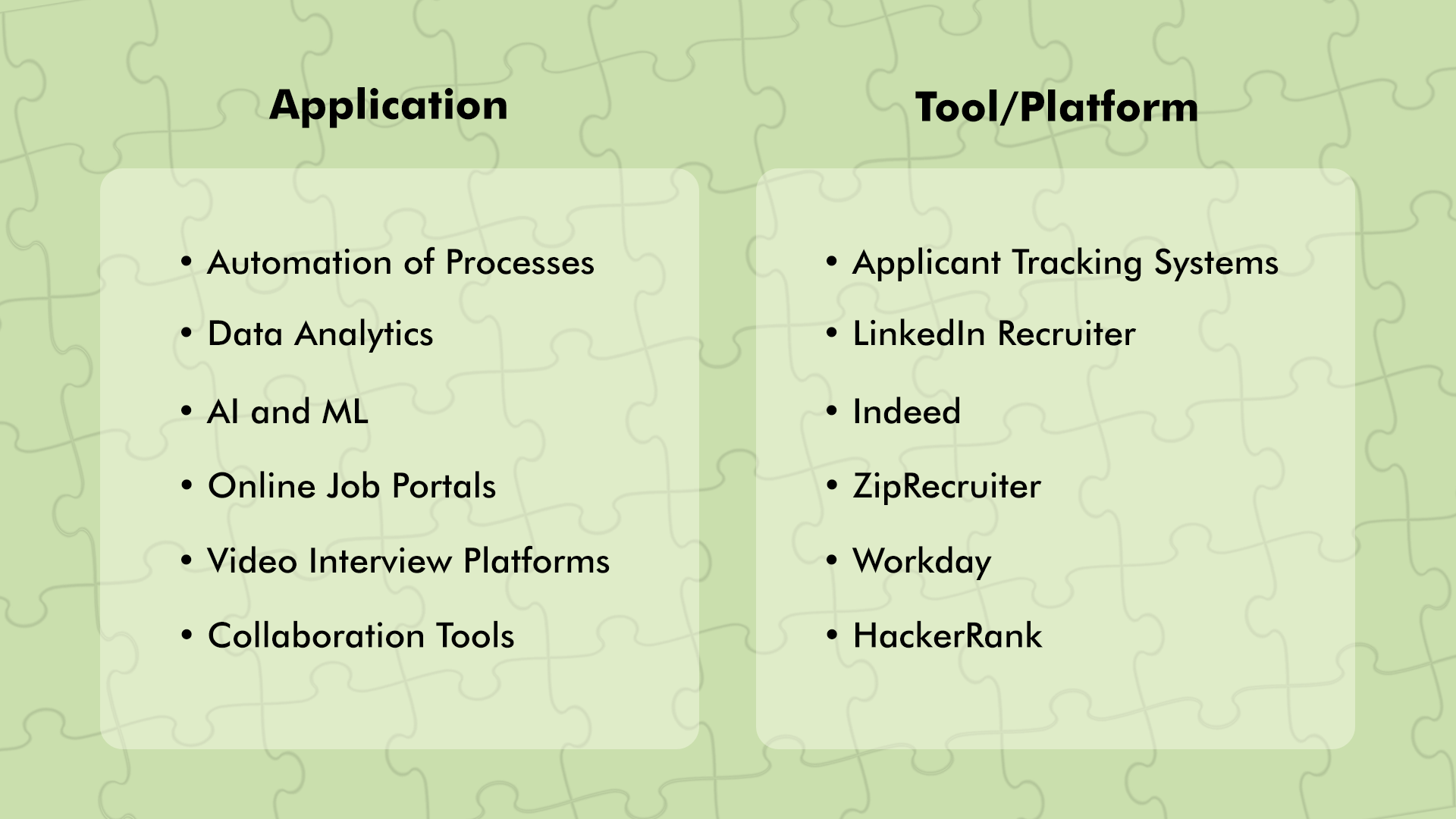
So let now dispel the magic behind what drives the engine in effective talent recruitment. It may be considered a wizard behind the scene that is making the business and candidate’s dance appear simple.
Overview of Technology Applications in Staffing
Today, technology is not only a means but a factor of change for connecting companies to talent. Here's a glimpse into the broad applications of technology in staffing:
| Application | Functionality |
|---|---|
| Automation of Processes | Streamlining Recruitment Workflows |
| Data Analytics | Performance and Trends Analysis |
| AI and ML | Skill Matching and Predictive Analysis |
| Online Job Portals | Wider Candidate Reach |
| Video Interview Platforms | Remote Candidate Assessment |
| Collaboration Tools | Enhanced Communication in Hiring Teams |
Together, they generate a work environment that transforms recruitment into analytics-based and progressive.
Specific Tools and Platforms Used in IT Staffing
Now, let's zoom in. Specialized applications and online solutions form a basis for attracting the best candidates in an increasingly high-tech oriented IT staffing environment.
| Tool/Platform | Purpose |
|---|---|
| Applicant Tracking Systems (ATS) | Efficient Candidate Management |
| LinkedIn Recruiter | Professional Networking and Sourcing |
| Indeed | Job Posting and Candidate Search |
| ZipRecruiter | Automated Job Distribution |
| Workday | Unified HR and Recruitment Platform |
| HackerRank | Technical Skill Assessment |
They aren’t mere entries in some lists, but rather the wheels and levers employers use to go through the demanding terrain of talent acquisition.
Keep this mind as we delve deeper into global costs and challenges in IT staffing, and remember this is not only about the best mix of technology but rather, this is the secret of winning on the tech talent!
Global Statistics on IT Staffing
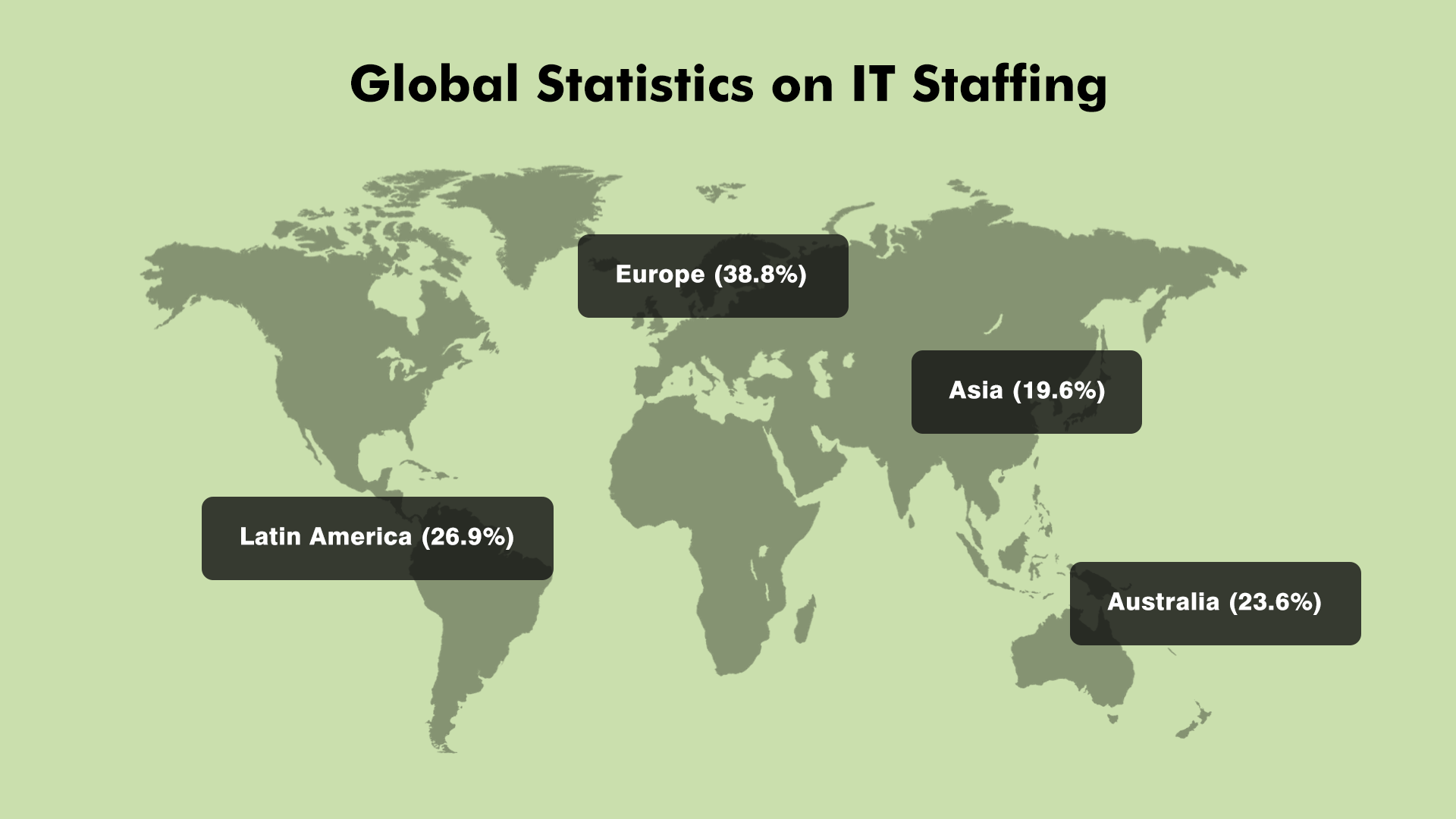
It is now time for us to widen our focus and consider the international scenario of IT staffing. Businesses, as well as IT professionals in different regions, must consider the dynamics of technology.
Industry Growth Trends
The IT staffing market has emerged as one of the dominant forces in the world. Here's a glimpse into the growth trends shaping its trajectory:
- The USA accounts for about 31% of worldwide IT staffing money, which shows it is critical to the US staffing process.
- The US staffing sector is expected to hit a turnover of $151.8 billion in 2022, which showcases an impressive hike from the former annual figure.
- In fact, the future outlook for this market, as indicated by a projected 4% growth in 2022 revenue for the global staffing business, looks very encouraging based on preliminary findings so far.
On a global scale, only 29% of IT and tech employees plan to continue working for their current employer. Asia is ranked as having the most IT labor deficiencies (19.6%), followed by other countries in Australia (23.6%) and Latin America (26.9%). For instance, Europe is the top performing region for tech worker attrition but only 38.8% of the employees intend to remain in their present employer.
With businesses globally realizing its imperativeness, the world of work in this area is thriving with more engagements of staffing.
Regional Variations in IT Staffing Demands
However, IT staffing demands are not universal around the world. The industrial landscape takes due consideration of regional variations. Let's delve into a breakdown of IT staffing demands by region:
| Region | Key Insights |
|---|---|
| North America | A powerhouse in IT innovation, with high demand for tech talent. |
| Europe | Diverse demands across countries, influenced by economic factors. |
| Asia-Pacific | Rapid growth, especially in tech hubs like India and China. |
| Latin America | Emerging as a significant player in the IT staffing arena. |
| Middle East & Africa | Growing demand fueled by digital transformation initiatives. |
In this regard, businesses wanting to internationalize and IT professionals seeking opportunities abroad must understand these internal differences within a given region.
Let us explore various factors such as cost, difficulties and possible emerging trends as far as IT staffing is concerned for the next few years.
Costs of IT Staffing
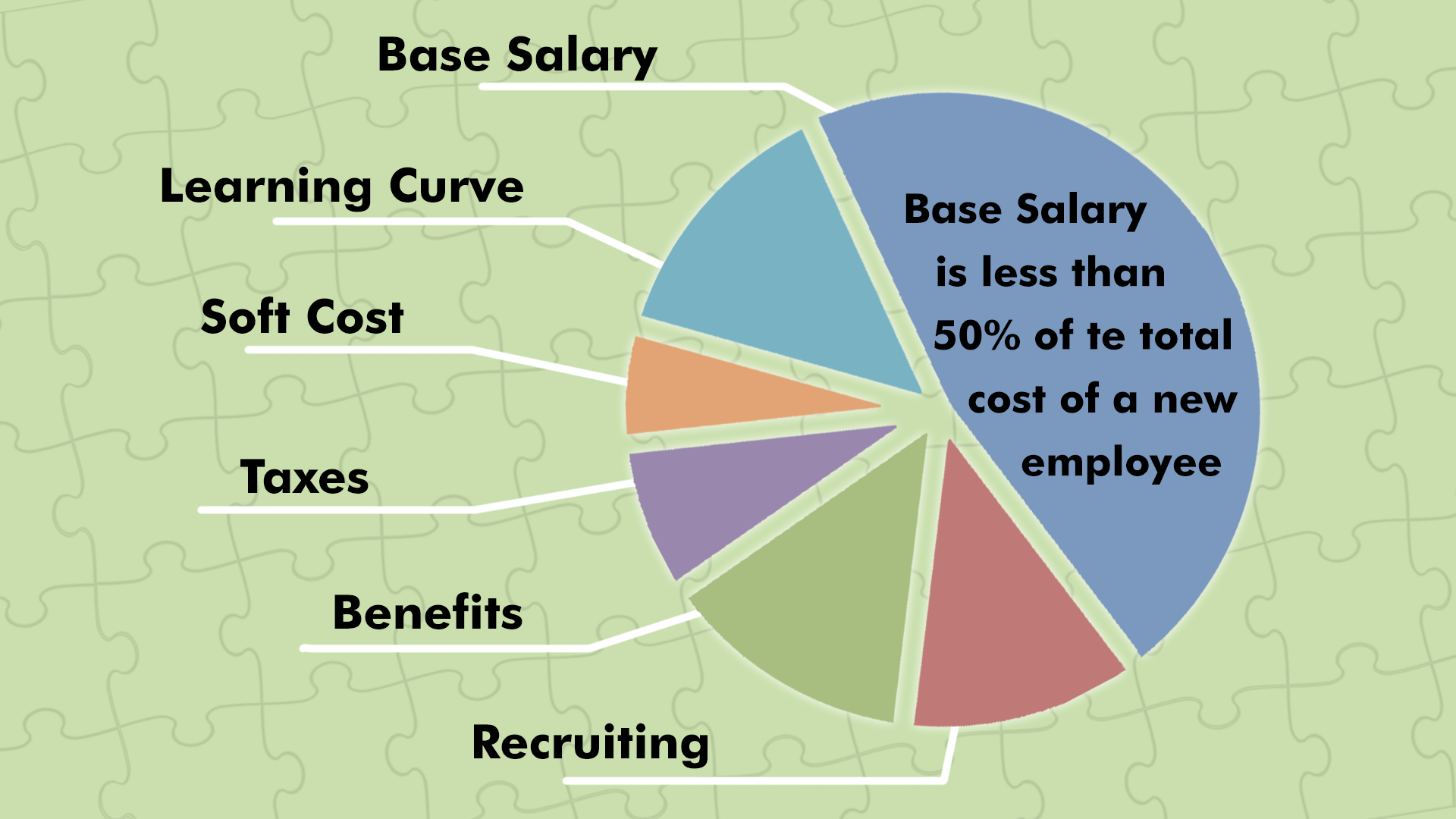
Let’s have a look at the monetary dimension of IT staffing, considering what goes into it and making a comparison between the cost in various nations. The importance of “navigating the cost landscape” in relation to an effective global workforce strategy.
Factors Influencing Costs
The costs of the IT staffing involve many aspects in their determination. Here's a breakdown of key elements that shape the financial landscape:
- Skill Level and Expertise: Often, people with highly specialized skills are paid more because they offer better services.
- Geographical Location: The cost of staffing varies due to the location in relation to the local cost of living as well as the market demands.
- Supply and Demand Dynamics: However, in places where there is much demand but shortage of IT specialists the pay tends to be higher.
- Project Complexity and Duration: Staffing costs may also be affected by the complexity as well as the duration as this could increase in the case of extended period long-term projects.
- Industry Specifics: Specialized knowledge may be required for staffing needs in some industries and this affects the cost overall.
Comparative Analysis of Staffing Costs in Different Countries
However, we will do some cross-country comparison for the purpose of highlighting differences in IT staffing cost on the global frontier. This is an estimate subject to variation depending on the market movements.
| Country | Average Annual IT Staffing Cost (USD) | Key Observations |
| United States | $80,000 - $120,000 | High demand and competition contribute to relatively high costs. |
| India | $20,000 - $40,000 | Abundant talent pool results in lower staffing costs. |
| United Kingdom | $60,000 - $90,000 | Moderate costs influenced by market demand and economic factors. |
| Germany | $70,000 - $100,000 | Competitive market with a balance of demand and supply. |
| Singapore | $50,000 - $80,000 | Strategic location and demand for tech contribute to costs. |
This knowledge can help companies make reasonable judgments on the location of acquiring cheap talent for their IT projects, which depend on available budgets.
In our next article we shall examine the issues facing IT recruitment in today’s market and outline some expected patterns that might develop in this domain.
Challenges in IT Staffing
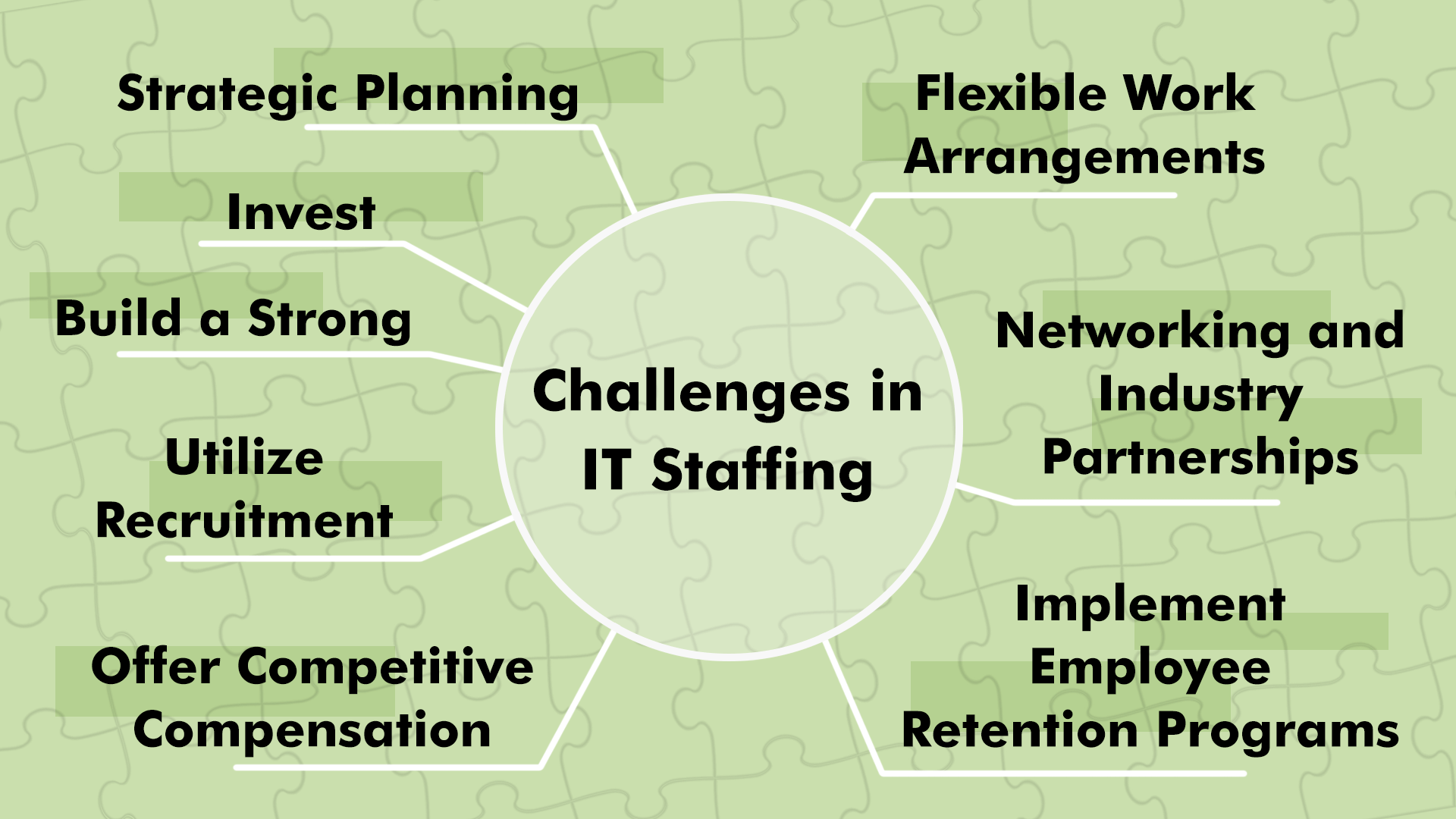
The process of providing IT staffing services has its complications in the dynamical IIT world. We will also discuss some of the existing problems that affect IT staffing, and propose helpful solutions to these limitations.
Common Issues Faced by Businesses
- Talent Shortages: Competition between companies offering similar products and services is enhanced by the situation whereby there are more skills demanded than the available employees with these skills.
- High Turnover Rates: Jumping jobs is a common trend in the tech industry and business finds it hard to keep a good IT staff.
- Rapid Technological Changes: Finding the right candidate with current skills in today’s dynamic technological world can be very daunting.
- Cultural Fit: It is difficult to align the culture of IT professionals with that of the organization. This results in poor teamwork and low output.
- Lengthy Recruitment Cycles: However, identifying, interviewing, as well as hiring IT professionals can lead to loss of opportunities and project delay time.
Strategies to Overcome Staffing Challenges
- Strategic Workforce Planning: Predict emerging skills, adjust hiring policies accordingly, and incorporate them into the company’s strategic objectives.
- Invest in Training and Development: Create an environment for lifelong learning, where you can empower your existing personnel and potential professionals in search of career advancement.
- Build a Strong Employer Brand: Exhibit your organization’s personality, working environment and focus on staff training in order to keep the best candidates.
- Utilize Recruitment Technology: Use modern systems such as artificial intelligence based applicant tracking systems that speed up the recruiting procedure.
- Offer Competitive Compensation: Keep in touch with changes that occur in IT personnel’s wages within an industry and be ready to provide attractive job offers that will help to attract and retain qualified specialists.
- Flexible Work Arrangements: Appeal to more IT professionals who are looking for work-life balance by embracing remote work options as well as flexible scheduling.
- Networking and Industry Partnerships: Network your organization by engaging in industry events, virtual communities, and partnerships to widen the scope of available skills.
- Implement Employee Retention Programs: Reducing turnover rates through employee wellness programs among others.
This will enable them to be prepared to address such complexities as they arise and implement suitable strategies to help them survive in this environment that demands adaptability and creativity. In wrapping up our discovery, read on for predictions that will impact future IT staffing.
Future Trends in IT Staffing
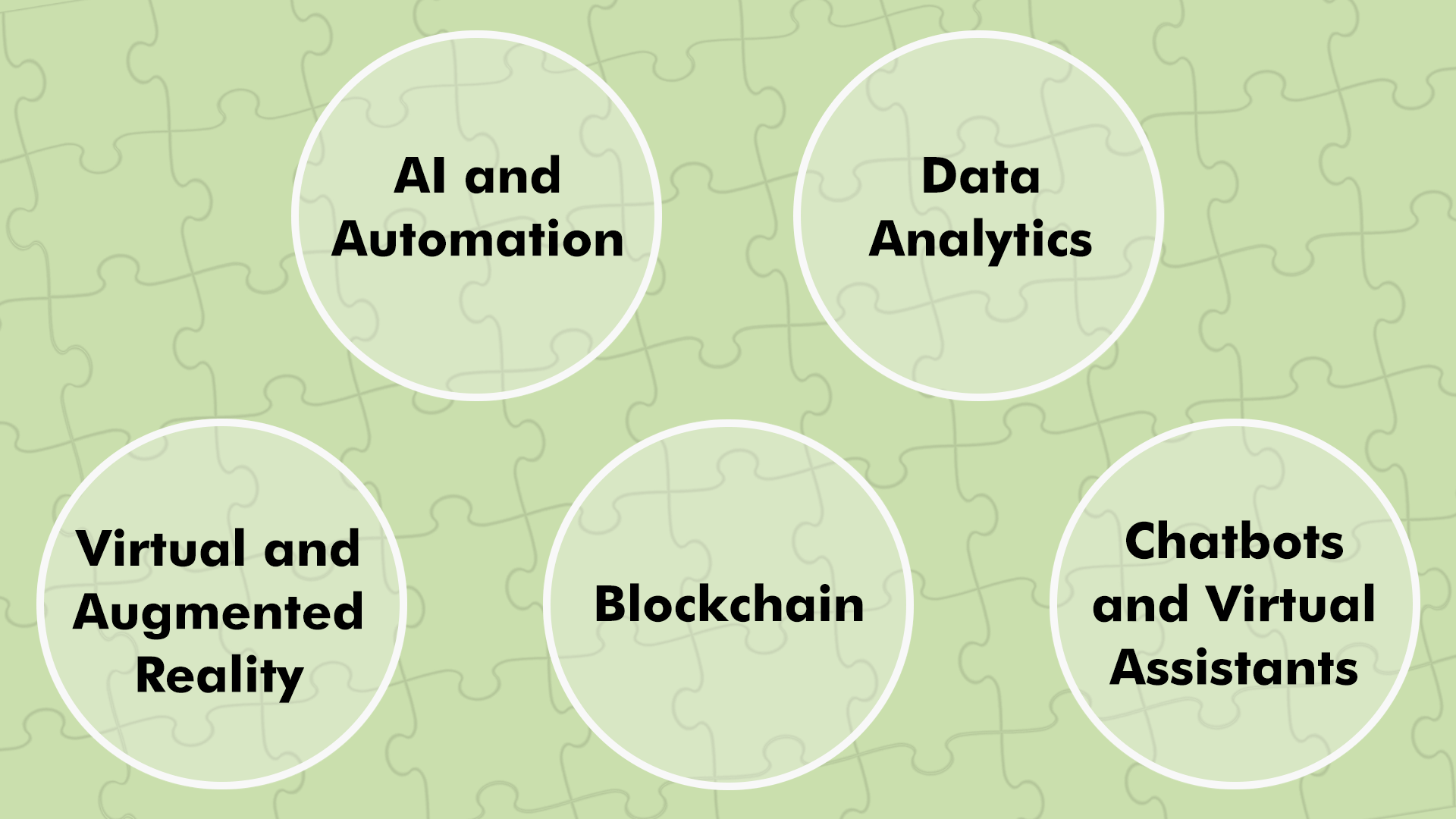
New developments in technology and the changing IT industry requirements ensure continued evolution of the IT staffing landscape. Let us get acquainted with the tendencies defining the forthcoming IT staffing and prognoses that show what might happen next.
Emerging Technologies Impacting Staffing
- AI and Automation: AI and automation are leading to the simplification of recruitment procedures. The use of AI algorithms is crucial in analyzing resumes, determining candidate suitability, and even conducting first interviews thus enhancing efficiency and eliminating wastage of time.
- Data Analytics: Staffing also increasingly involves data-driven decision making. This predictive analytics helps in identifying trends, forecasting talent needs, and assesses recruitment strategy efficacy.
- Virtual and Augmented Reality: The use of these technologies is changing how interviews are done. VR and AR can enhance the effectiveness of remote interviews by offering an immersive experience that makes it more engaging.
- Blockchain: Candidate credential verification process is using blockchain technology. It has enabled people to obtain verification of their education history and certifications in a safe and transparent manner.
- Chatbots and Virtual Assistants: Some organizations have adopted chatbots as communication tools in engaging with potential candidates, answering their queries, and guiding them through the application process. Communication is being smoothened out, enhancing the candidate experience. conversion.
Predictions for the Future of IT Staffing
- Increased Remote Work Opportunities: Increased Remote Work Opportunities: It is anticipated that remote working will be trending and intensify. The trend will also see companies maintaining flexible work regimes to attract top talent who do not just need to reside in the same vicinity with their employers.
- Focus on Upskilling: There will also be a greater focus on retraining and upgrading the competencies of the current workforce as technology improves. However, companies will set aside training programmes that ensure the employees remain relevant in a dynamic technological field.
- Gig Economy Integration: IT staffing will be more reliant on the gig economy. Through freelancing or contractual services, companies can hire people specific to certain projects, giving both the employer and employee the needed flexibility.
- Enhanced Candidate Experience: The shift towards improved candidate experience will be instigated by the competition for well-qualified IT personnel. The companies would spend on establishing smooth and friendly processes through recruitment.
- Personalized Recruitment Marketing: Such approaches to recruitment will be replaced by much more targeted and customized recruitment marketing strategy. This will mean that companies tailor their messaging specifically to certain candidate demographics with unique value propositions.
- Diversity, Equity, and Inclusion (DEI) Initiatives: The new strategies of the IT staffing will emphasize more on diversity and inclusiveness. Companies will implement several ways such as strategies used for recruiting varied candidates and supporting an inclusive workplace in order to enhance cultural diversity.
With this respect, these trends and predictions serve as a guide on how firms and IT technicians can continue to be relevant in an IT world that is always changing. Keep watching for the newest trends and improvements in IT personnel recruitment strategies.
Conclusion: Navigating the Future of IT Staffing
In the dynamic world of IT staffing one has to be well informed about the current trends in the market. The landscape requires adaptability and openness to technological advancements in tackling issues of shortage of manpower and technology. As we've explored the challenges, costs, and future trends, one thing remains clear: strategic workforce planning and flexibility.
The insights thus offer a way out of these and provide a compass or a map for those firms that want to have an edge against competition or people who wish to have some job in this ever-shifting market. With embracing remote work, using AI for hiring and promoting a learning culture, the future of IT staffing is full of potential.
At Addevice, if you want to sail for victory or look for individual advice, free consultancy is offered. Reach out today on how our experience can help you turn IT staffing goals into tomorrow’s prosperity and agility at work. Let’s go hand in hand as we explore the emerging world of IT Staffing.
Navigating IT staffing, Staffing industry trends, Navigating IT staffing
Personalized IT Staffing Solutions
Embark on a journey through the realm of IT staffing with our personalized solutions.
Discover our offerings:
✅ Flexible staffing models
✅ Skilled IT professionals
✅ Customized hiring strategies
FAQ
IT staffing is a term used for seeking and hiring personnel with adequate proficiency in Information Technology. This is a process that entails bringing together the best skill for given tasks so as to satisfy the business demands.
Currently, among the largest IT staffing companies worldwide are such names as Robert Half, TEKsystems, Randstad Technologies, and Adecco Group. Companies that link up business with contracted IT staff for short term, long term, and project contracts are referred to as staffing companies.
It is known as staffing and it refers to the process of sourcing, training, and maintaining the workforce required for attainment of organizational objectives. There are various types of staffing, including:
- Temporary Staffing: The term involves the use of temporally hired staff for specified periods or projects.
- Permanent Staffing: Indicates job security for employees in IT.
- Project-Based Staffing: Selecting and grouping individuals to form a team, usually for a particular project or task.
- Other Relevant Types: Customized contract-to-hire, freelancing, and gig economy options for particular operational requirements.
 How Much Does It Cost to Build a Messaging App?
How Much Does It Cost to Build a Messaging App?
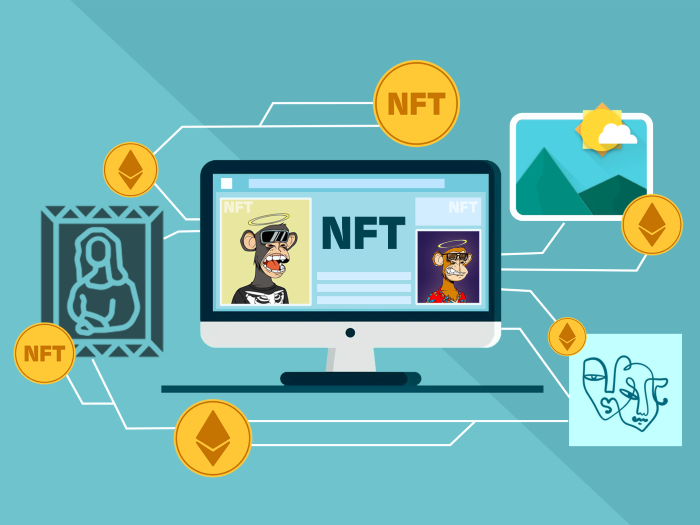 How to Create an NFT Marketplace: Development Guide
How to Create an NFT Marketplace: Development Guide
 Must-Have Uber App Features: Building a Ridesharing App
Must-Have Uber App Features: Building a Ridesharing App